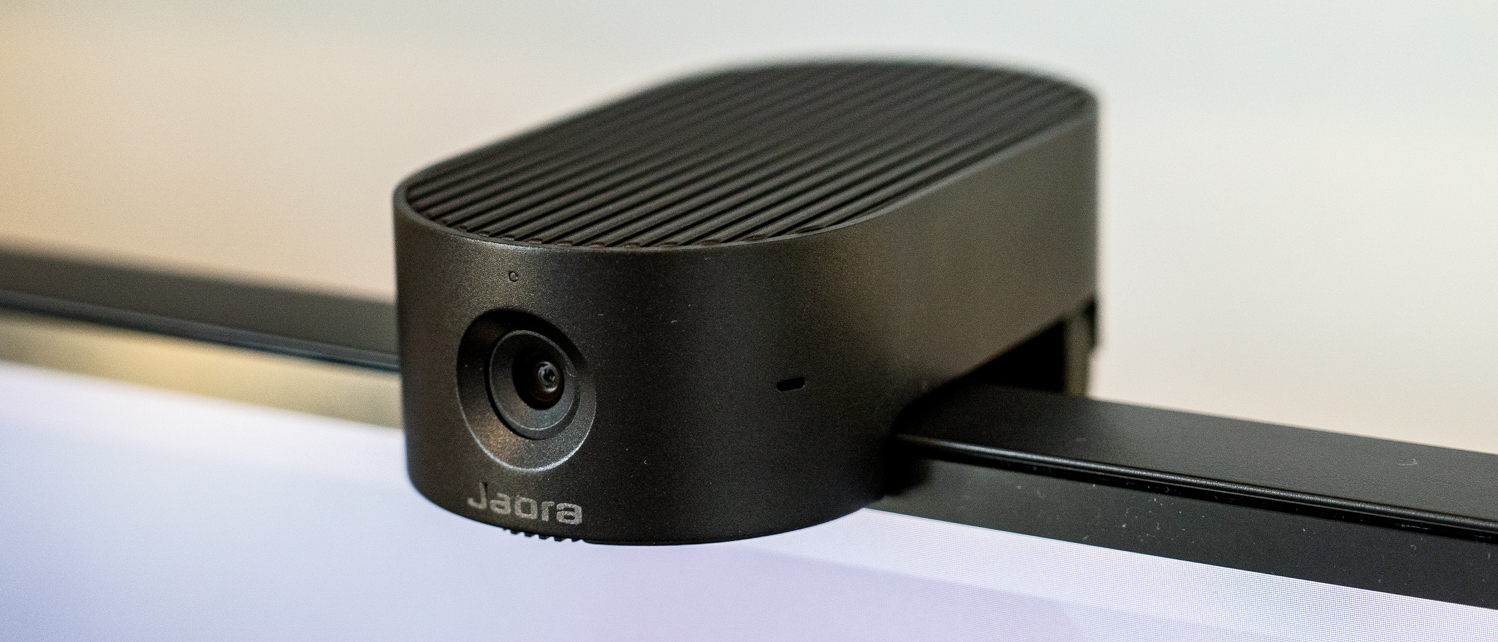Digital Camera World Verdict
Precious few consumers would ever consider spending $300/£250 on a webcam. But for those who can afford it, the Jabra Panacast 20 has the best build quality of any webcam we’ve ever used. It matches this with 4K resolution that is actually useful, thanks to AI-powered zooming and panning, a triple-mic array for impressive sound, and some of the best video call quality we’ve ever seen.
Pros
- +
Premium design and build quality
- +
Excellent 4K footage
- +
Three-mic array
- +
Included carry case
Cons
- -
Very expensive
- -
Not intended for everyone
Why you can trust Digital Camera World
What happens when you want to buy a webcam, but aren’t restricted by trivialities like sticking to a sensible budget? The answer is you end up here, with the Jabra Panacast 20, a webcam that costs ten times more than some of today’s cheapest options, and between two and four times more than many consumers would ever be willing to spend.
As long as the high price tag hasn’t put you off, this is a webcam worthy of your attention. Thankfully, there is much more to the Panacast 20 than a very high price. For the considerable cost you get 4K resolution, a premium design with great build quality, intelligent zoom and lighting optimization, and a protective carry case.
Read on to find out why spending over $300 isn’t as crazy as it might sound.
Jabra Panacast 20 specifications
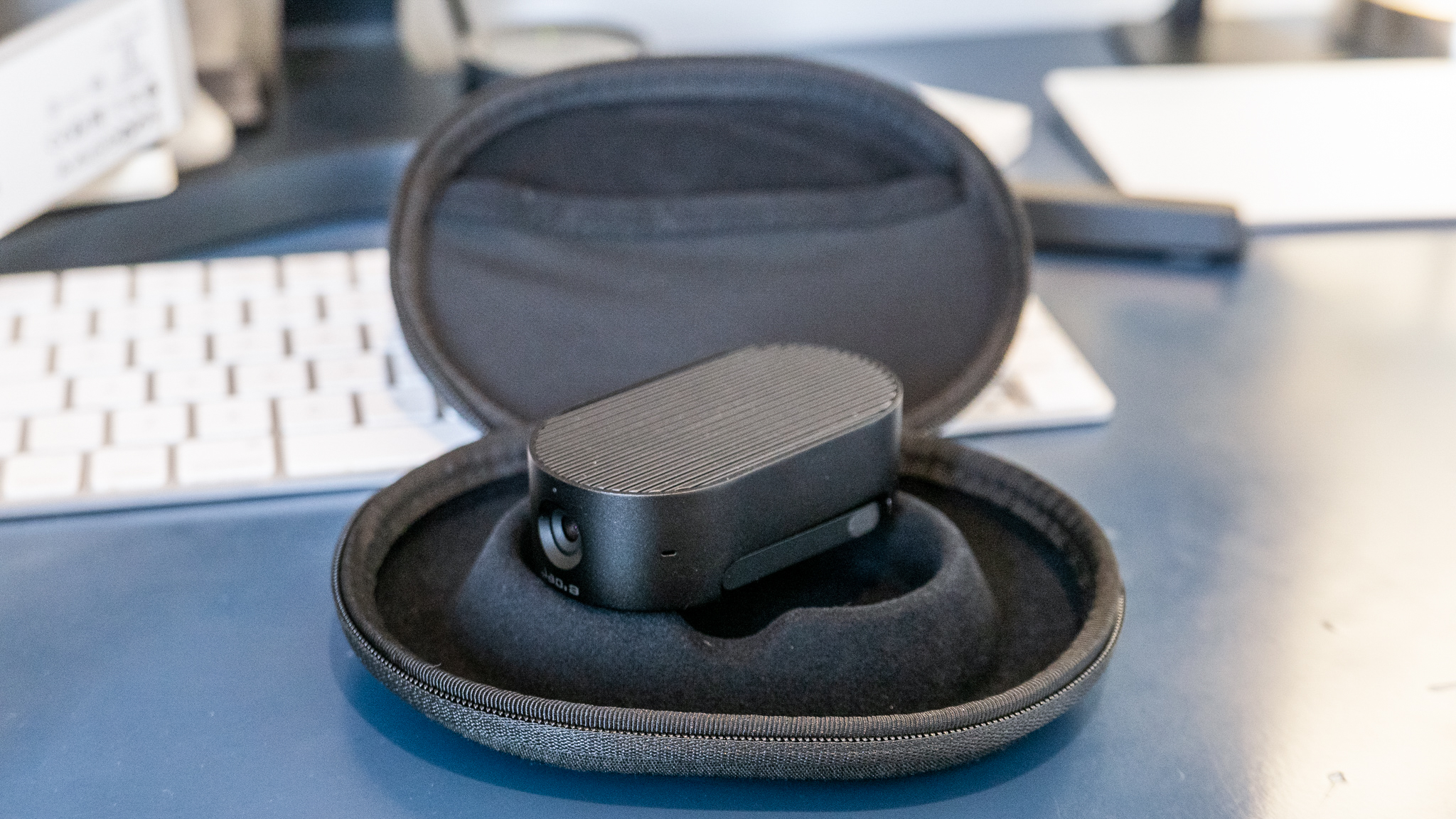
Resolution: 4K, 3840 x 2160
Field of view: 90 degrees
Frame rate: 30 fps
Digital zoom: Lossless up to 6x
Microphone: Yes, three built in
Autofocus: Yes
Privacy cover: Yes, integrated
Connection: USB-C
Key features
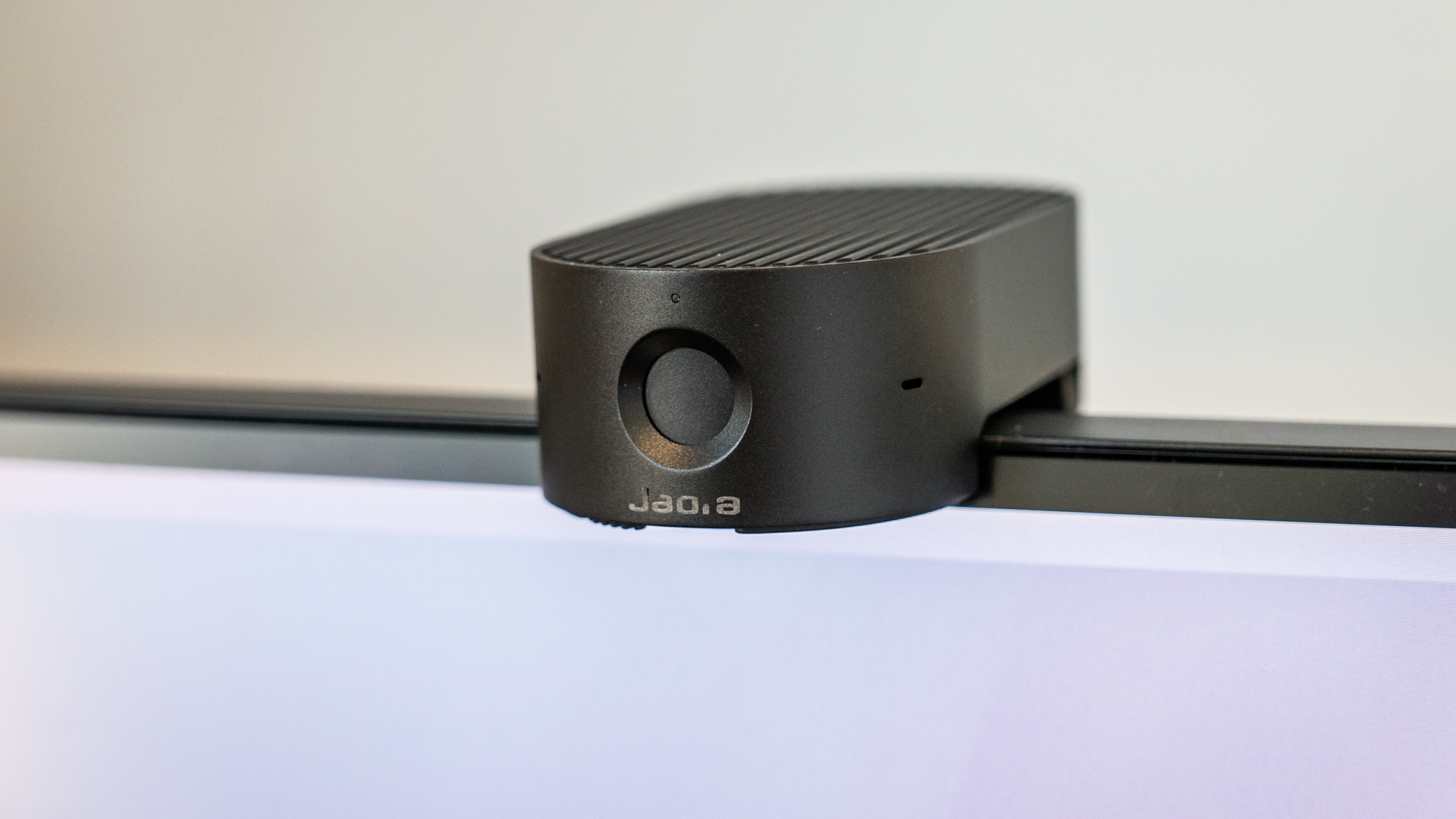
The stand-out features of the Jabra Panacast 20 are its 4K video resolution and premium build quality. The former doesn’t make the Jabra unique, as the Logitech Brio also has 4K video, but the metal body and sense that real thought has gone into the engineering of the Jabra helps it stand apart from lesser, plastic webcams.
Other key features include artificial intelligence, which is used by the Jabra to optimise video properties based on ambient lighting conditions, and to intelligently zoom and pan to keep you in the centre of the frame. Rather than physically moving to do this, the Jabra works like Facebook’s Portal, essentially cropping into the image and panning or zooming to keep you in frame.
Build and handling
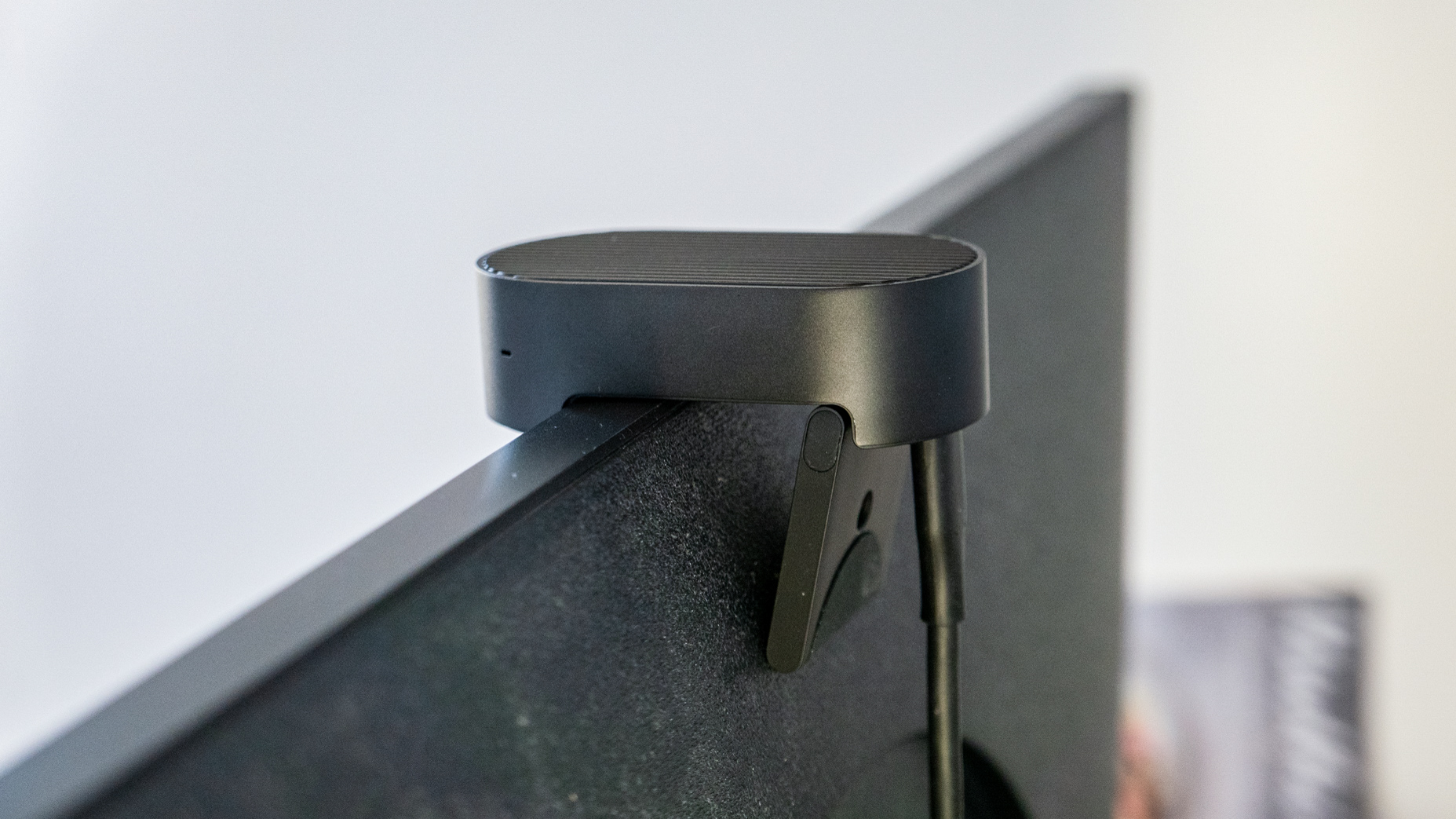
There’s a strong sense of quality here, perhaps more than with any other webcam on sale today. The cool-to-the-touch metal body and tough build quality reminds us of Apple’s iSight webcam from the mid-2000s. Like that flag bearer of industrial design, the Jabra is smartly designed, with good build quality and a premium feel that sets it apart from its rivals.
The base is stiffly hinged and opens then clamps securely to the top of your monitor. It’s a universal design widely used by other webcams, like those from Logitech, but Jabra gets the feel just right. So too the lens cover, which is neatly integrated and is moved into position with an exposed slider.
There’s a USB-C port on the rear and a hole underneath for screwing the webcam onto a tripod. A hard-sided case is included, which holds the Jabra securely and means it can be thrown into a bag or laptop case without concern.
Our only criticism is to do with the Jabra logo on the front, which rubs off surprisingly easily, and was partly removed during out time with the webcam. That said, some owners might prefer the cleaner, de-badged look.
Performance
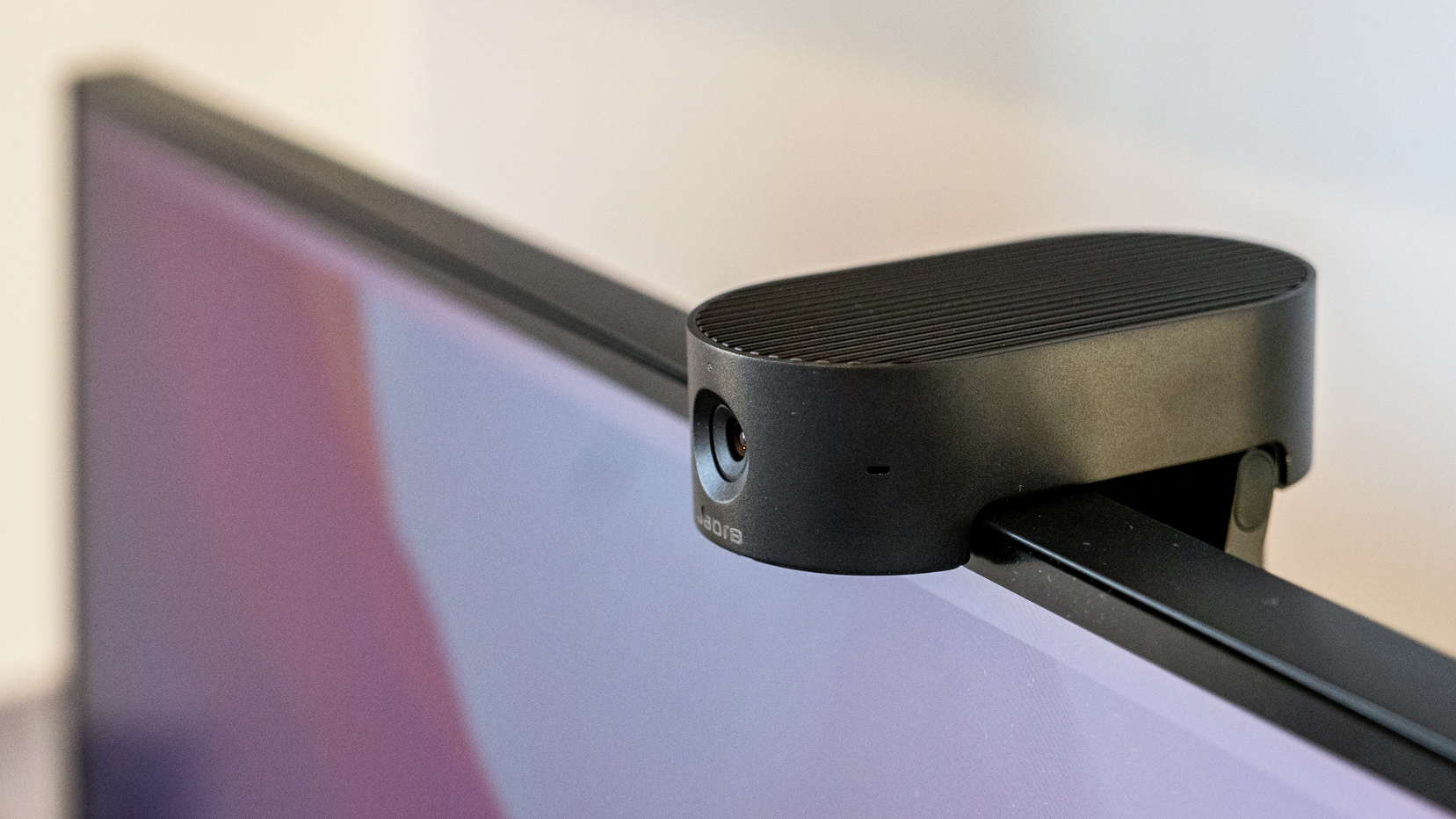
The jury is still out on whether anyone really needs a webcam with 4K, since the resolution isn’t supported by all video conferencing platforms. And even where it is supported, varying connection speeds, computer processing capabilities and video compression all conspire to prevent viewers from seeing you in true Ultra HD.
All that said, the Jabra Panacast 20 makes a good use case for 4K, as this means it can intelligently zoom in on the subject and still produce a Full HD image. This is where those extra pixels make themselves noticed, and make for a pretty seamless automated zooming and panning experience.
Not everyone will benefit from having a webcam that follows them around – when sat at your desk on a video call, there’s no real need for such a feature unless you’re in a particularly animated meeting. But for presentations where the speaker is stood up, the Jabra’s ability to zoom in and track them as they move from side to side is useful.
This can be switched off if you prefer, producing a wide, 90-degree view of the subject – useful for gathering several people into the frame at once.
Also convenient (and pretty smart) is how the camera uses AI to automatically compensate for ambient lighting conditions. Many webcams adjust their exposure to tackle particularly dark or bright rooms, but where they tend to be heavy-handed in their actions, the Jabra creates video that is nicely balanced without feeling artificial.
Jabra Panacast 20: Verdict
It almost goes without saying that one one actually needs to spend $300 on a webcam. But as video calls and meetings continue to be a part of our lives in a way they weren’t pre-Covid, we’re pleased to see Jabra up the ante. Throughout the pandemic we all managed with the grainy quality and lackluster audio of our laptop’s own webcam, or the $25 camera we bought when no other was available.
In the same way it’s possible to spend $50 or $1,500 on a phone, or tens of thousands on a computer, it stands to reason that an expensive, premium, high-quality webcam can exist in the same sector of the market. The Panacast 20 does this while also going some way to justifying its significant cost.
We really like the hardware, from the metal body to the integrated lens cover, while the video and audio quality are both excellent. A smart stand, USB-C connectivity and included hard-sided case all go some way to justify the price. Ultimately, this is a top-tier webcam, aimed at those who demand the very best and will pay a hefty premium for it. The Jabra isn’t for everyone, but I’m glad it exists for those who want the very best.
Read more
The best webcam
Best conference webcams
Best PTZ camera
Best 4K webcam
Best Mac webcam
The best camera for streaming
Best projection screens
Best film scanners
Best all-in-one printers
Alistair has been a journalist since 2011 and used to be Deputy Technology Editor at IBTimes in London. His specialist tech subjects include smart home gadgets, phones, wearables, tablets and dashcams. He is the host of The AutoChat Podcast.
